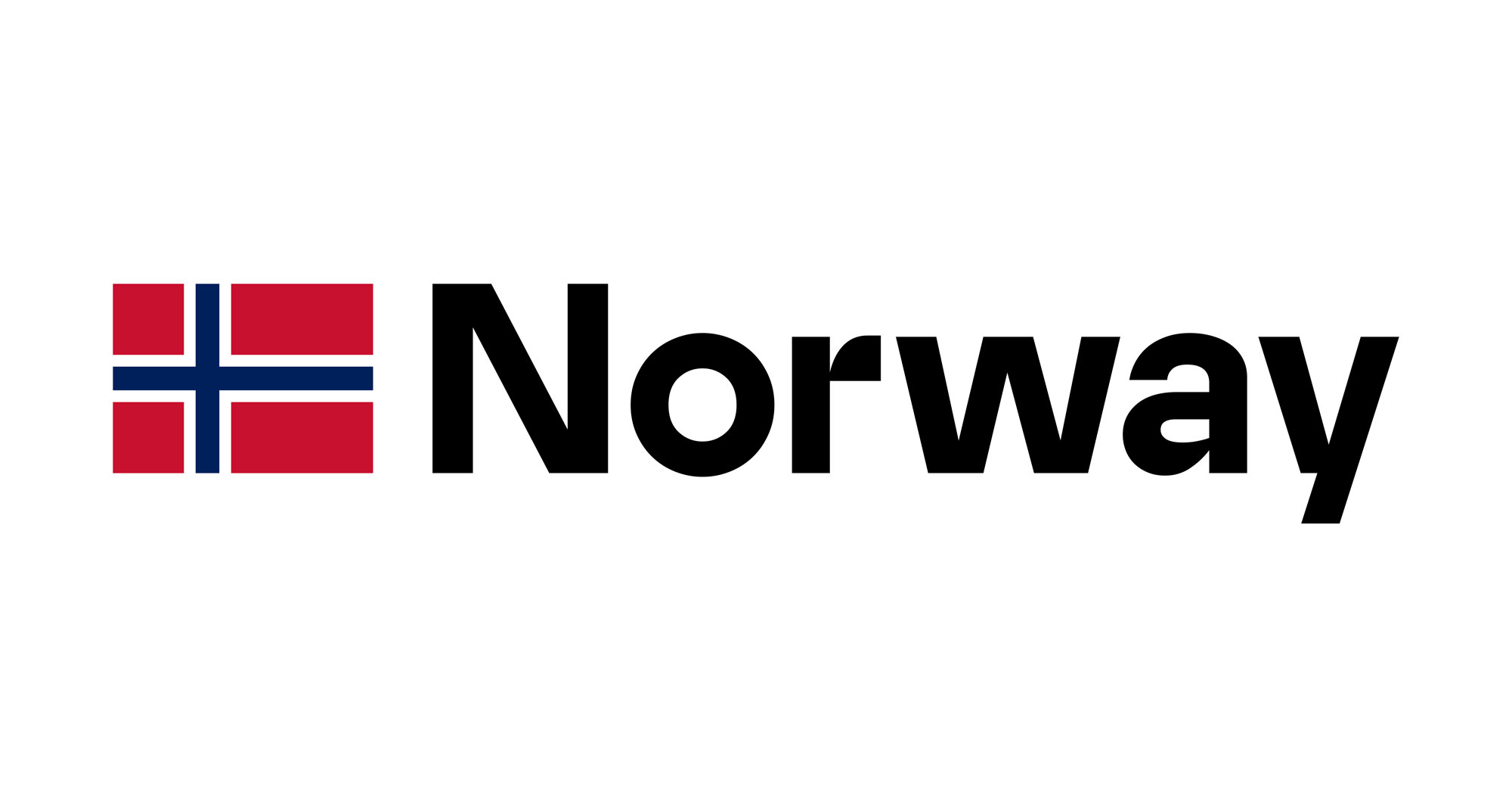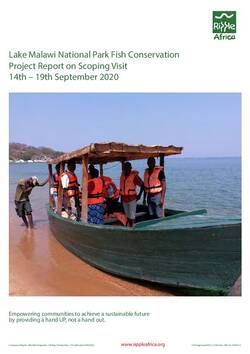Lake Malawi National Park was established in 1980 as a National Park and inscribed as a World Heritage Site in 1984 for its natural beauty (criterion vii) and outstanding biodiversity values, notably due to its value to science as a remarkable example of biological evolution (criterion ix) and exceptional diversity of its fresh water fishes (criterion x).
However, this rich biodiversity is increasingly being stressed by human activities such as overfishing and land-use change. Therefore, there is a need to monitor the fish diversity and quantifying its availability as it is one of the Outstanding Universal Value for the property. Malawi remains as among the world’s least developed countries, marked by persistent and widespread poverty and high levels of inequality and vulnerability.[1]
Located at the Southern end of the great expense of Lake Malawi, with its deep, clear waters and mountain backdrop, the national park is home to many hundreds of fish species, nearly all endemic. Its importance for the study of evolution is incomparable to that of the finches of the Galapagos Islands.
Objectives
Based on the recommendations from the latest Reactive Monitoring Mission that took place from 30th March to 4th April 2014, and the Committee Decision 42 COM 7B.93 (Manama, 2018), when the World Heritage Committee welcomed the progress made by the State Party of Malawi to update the World Heritage property’s management plan and to establish a fish monitoring protocol. The Committee also requested the State Party to take this opportunity to identify and reinforce the required management responses to the various threats and challenges facing the property, including growing population pressures inside the property, and ensuring continued close cooperation between the park management, communities, and the competent research and government institutions.
The project mainly aims at improving the state of conservation of the lake, through the following activities:
- Aquatic Area Boundary Demarcation
- Build Fish Monitoring capacity of the Research Team at the site
- Develop alternative livelihoods activities for local communities in the enclave villages and promote sustainable fishing techniques in order to reduce pressure on fisheries
- Conduct Fish monitoring and improve working relationship with other partners.
Progress Made
- Identification of priority activities with the site manager
- Ongoing identification of a technical partner (Proposal for Ripple Africa)
- Identification of further co-financing
- Mission to the site is needed to further set up a comprehensive programme of activities (currently not possible)
- From 14th to 19th September 2020, Ripple Africa undertook a scoping mission aiming at (i) assessing the attitude and relationships between the different key stakeholders (ii) evaluating the different pressures and actions undertook on the property and (iii) drawing the outlines of an effective fish monitoring protocol. To this end, consultations were held between Ripple Africa's Country Director and various stakeholders including Parks and Wildlife Director, Chief Fisheries Officer, Madothi, Chembe and Msaka Beach Village Committees, Chimphamba and Chembe Village Natural Resource Committees, Lodge owners, tour guides and relevant traditional authorities. The mission resulted in the production of a report highlighting the current conservation situation and making recommendations for UNESCO on how to implement the required management actions responding to the various threats and challenges facing the property. The report can be downloaded here.
-
A second phase of the project will be implemented following the recommendations of the previous scoping mission. A consultation meeting with the key stakeholders involved in the implementation of the project will be organized early February 2021 to develop the technical proposal and the detailed budget.
Partners
[1] Malawi’s Human Development Index value for 2017 is 0.477— which put the country in the low human development category — positioning it at 171 out of 189 countries and territories, according to the UNDP Human Development Indices and Indicators.
Documents
Décisions / Résolutions (1)
Le Comité du patrimoine mondial,
- Ayant examiné le document WHC/18/42.COM/7B,
- Rappelant la décision 38 COM 7B.92 and 40 COM 7B.81, adoptée à ses 38e (Doha, 2014) et 40e (Istanbul/UNESCO, 2016) sessions respectivement,
- Tout en saluant les efforts déployés par l’État partie en faveur de la conservation du bien et la mise en œuvre des recommandations de la mission de 2014 et reconnaissant l’assurance donnée par l’État partie que la valeur universelle (VUE) du bien est préservée et que le cadre réglementaire de la protection est solide, demande à l’État partie de fournir des données de suivi actualisées et des informations détaillées sur les activités de gestion et toutes constructions récentes ou planifiées, y compris de préciser si la ligne électrique aérienne est une nouvelle installation, afin de permettre une évaluation éclairée de l’état de conservation actuel du bien ;
- Accueille favorablement les progrès réalisés dans l’actualisation du plan de gestion et l’établissement d’un protocole de suivi ichtyologique avec le soutien du Fonds du patrimoine mondial et demande également à l’État partie de saisir cette occasion pour identifier et renforcer les réponses de gestion aux diverses menaces qui pèsent sur le bien, notamment la pression croissante exercée par la population à l’intérieur du bien, et assurer une coopération étroite entre le parc, les communautés et les institutions gouvernementales et de recherche compétentes ;
- Demande en outre à l’État partie d’examiner, en consultation avec les États parties du Mozambique et de la République unie de Tanzanie, la faisabilité de l’établissement d’une zone tampon et l’extension du bien afin de renforcer son intégrité ;
- Réitère sa position selon laquelle l’exploration et l’exploitation du pétrole, du gaz et des minerais sont incompatibles avec le statut de patrimoine mondial, réitère sa profonde inquiétude concernant les activités d’exploitations pétrolière dans le lac, qui font peser un risque grave sur la VUE du bien, notamment les conditions d’intégrité, et prie instamment l’État partie de confirmer, d’ici le 1er février 2019 l’état de tous permis et activités d’exploration, et réitère son appel aux compagnies Surestream et RAKGAS, qui détiennent des concessions d’exploration pétrolière sur le lac, de s’engager ni à explorer ni à exploiter le pétrole ou le gaz dans les biens du patrimoine mondial ;
- Réitère sa demande de réaliser des études d’impact environnemental (EIE), conformément à la note d’avis de l’UICN sur le patrimoine mondial concernant l’évaluation environnementale, sur tous les projets de développement, notamment sur l’exploration pétrolière hors des limites du bien et sur tout développement touristique ou infrastructurel susceptible d’avoir un impact sur la VUE du bien, et de les soumettre au Centre du patrimoine mondial pour examen par l’UICN dès qu’elles sont disponibles et avant toute prise de décision qui serait difficilement réversible, conformément au paragraphe 172 des Orientations ;
- Demande par ailleurs à l’État partie de soumettre au Centre du patrimoine mondial, d’ici le 1er décembre 2019, un rapport actualisé sur l’état de conservation du bien et sur la mise en œuvre des points ci-dessus mentionnés, pour examen par le Comité du patrimoine mondial à sa 44e session en 2020.



